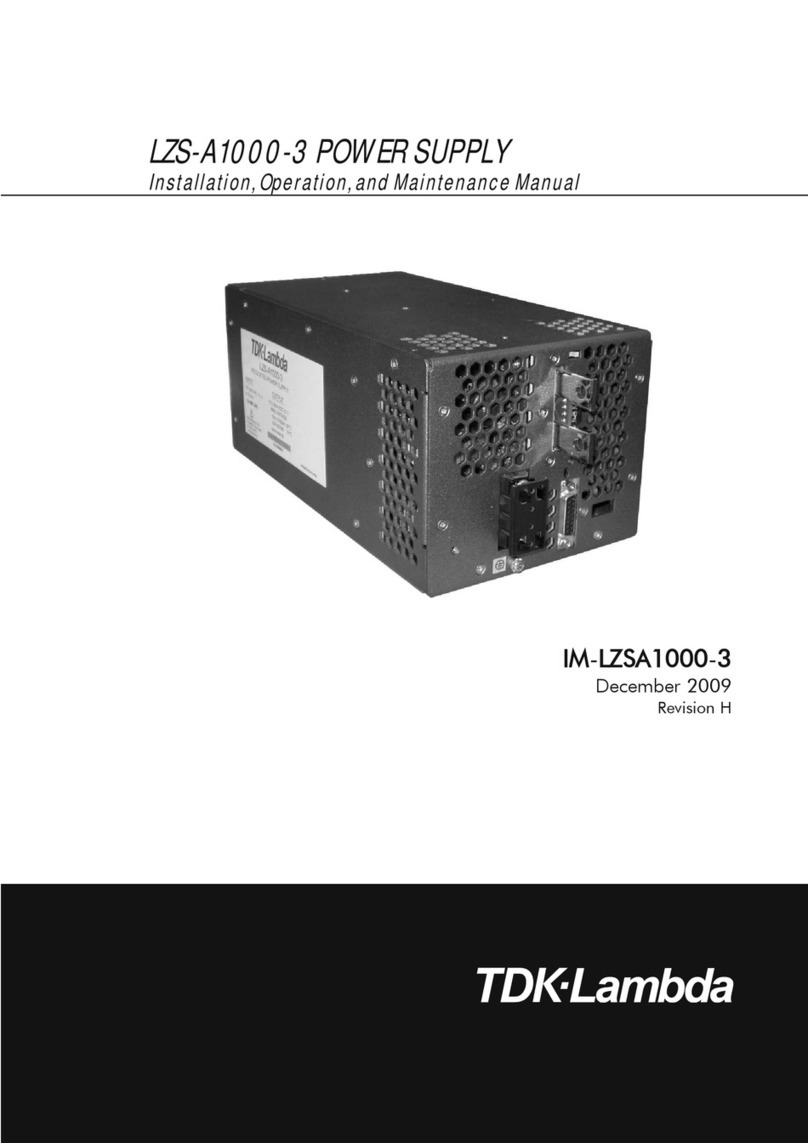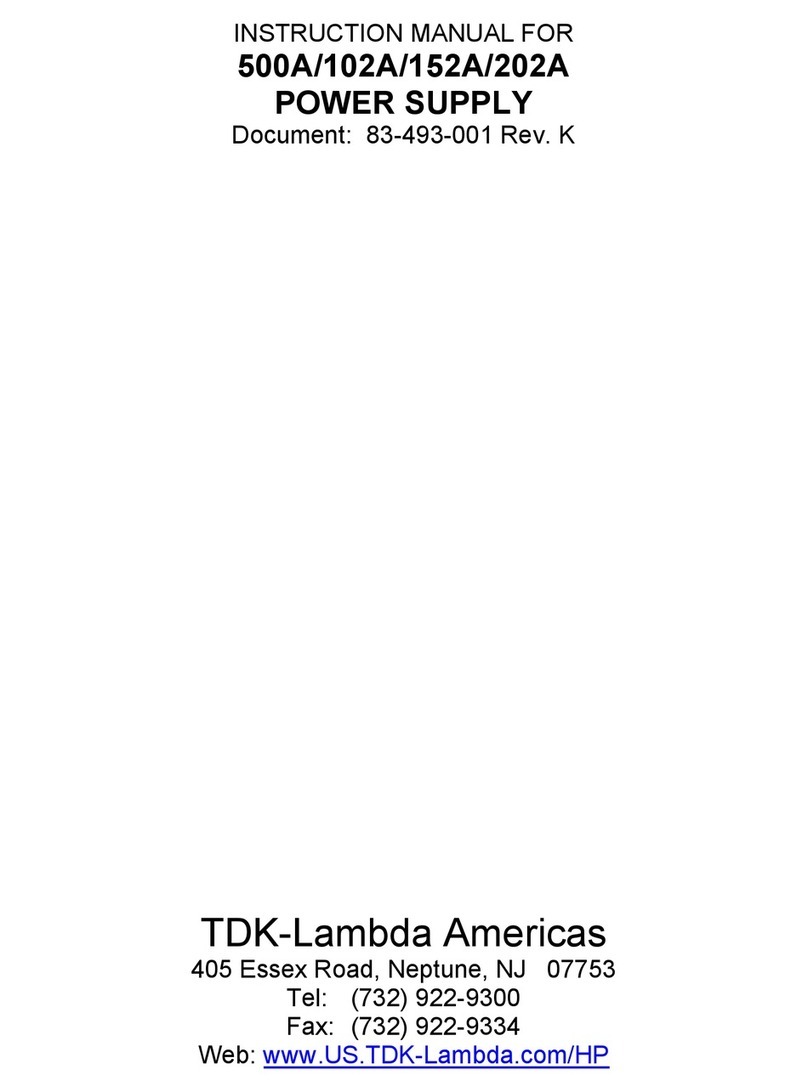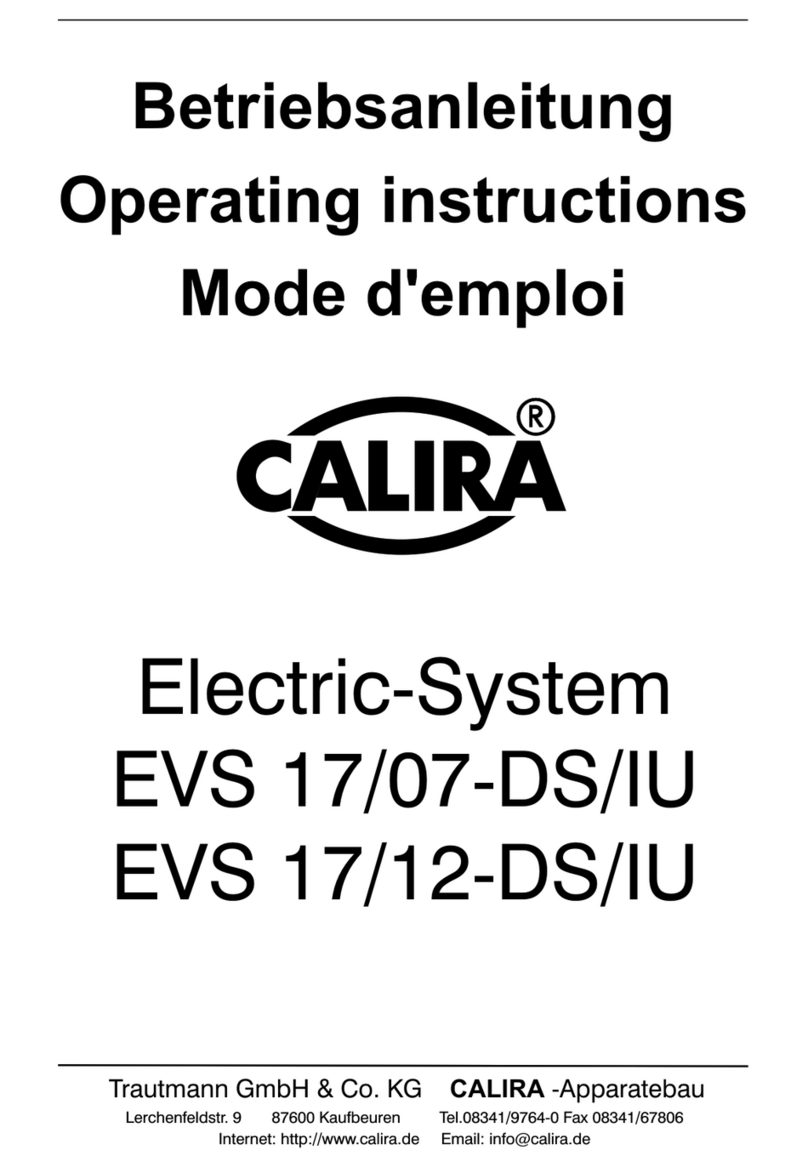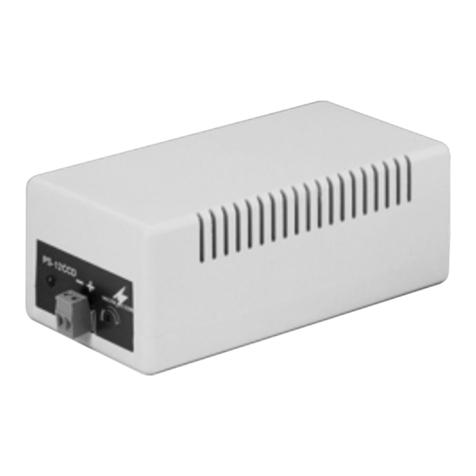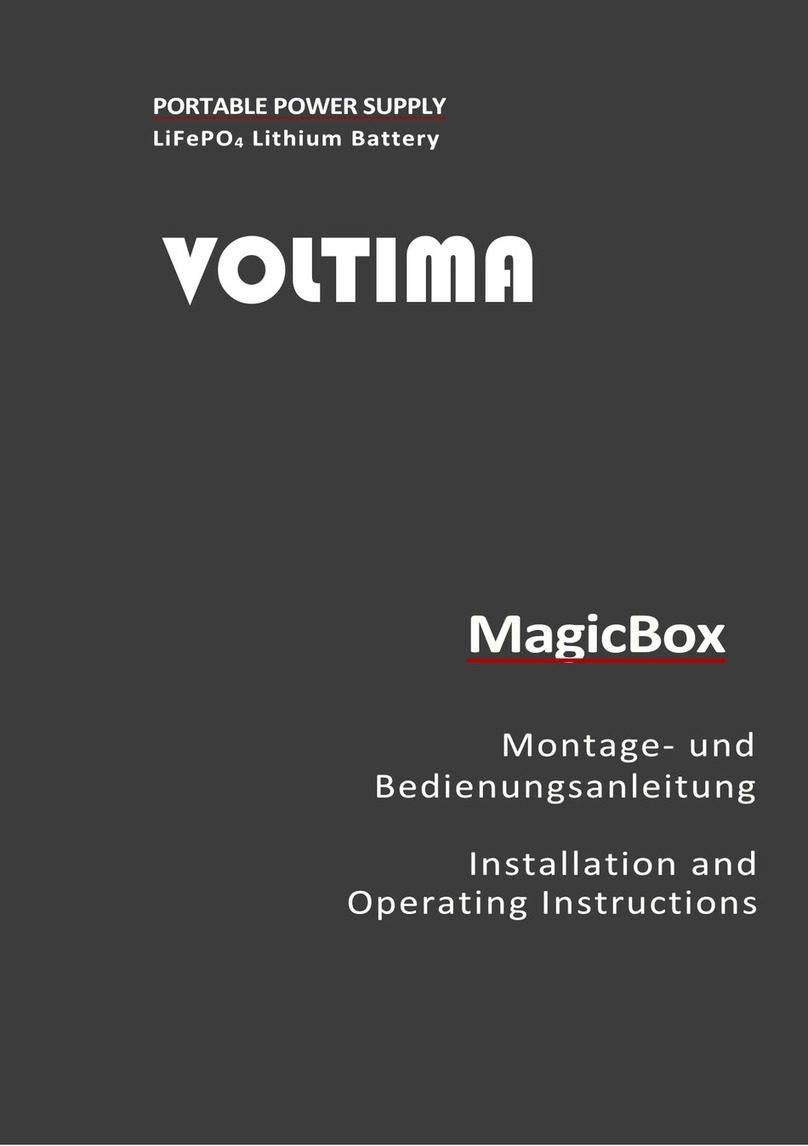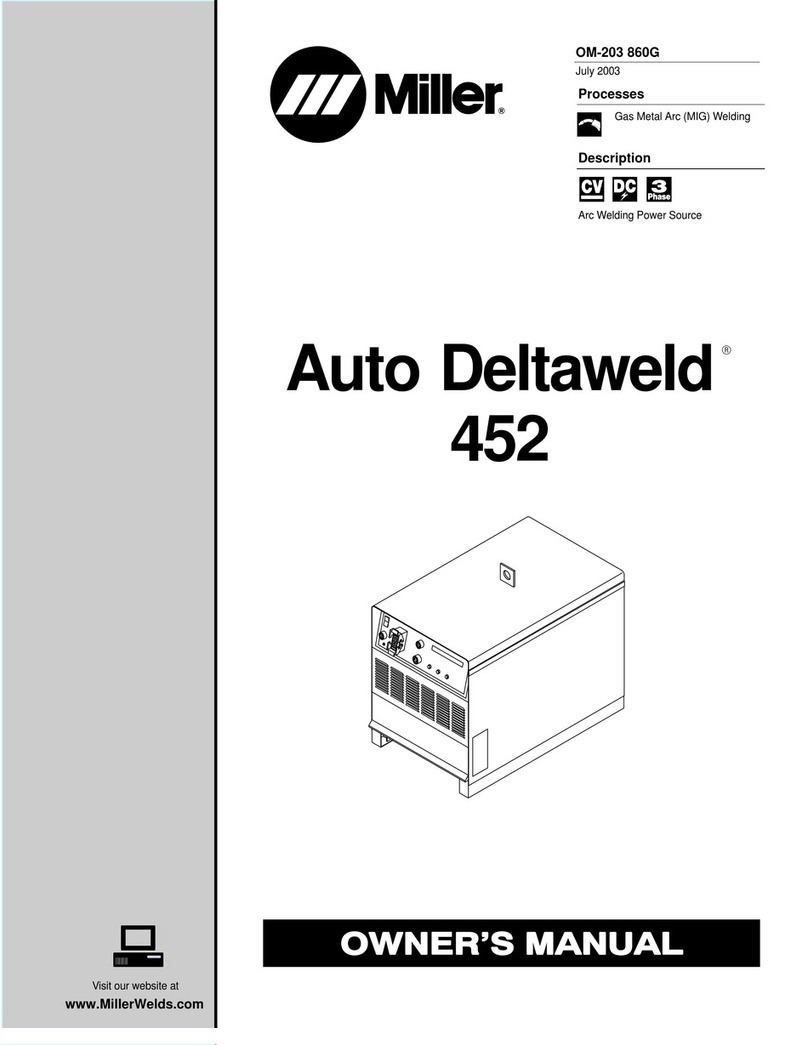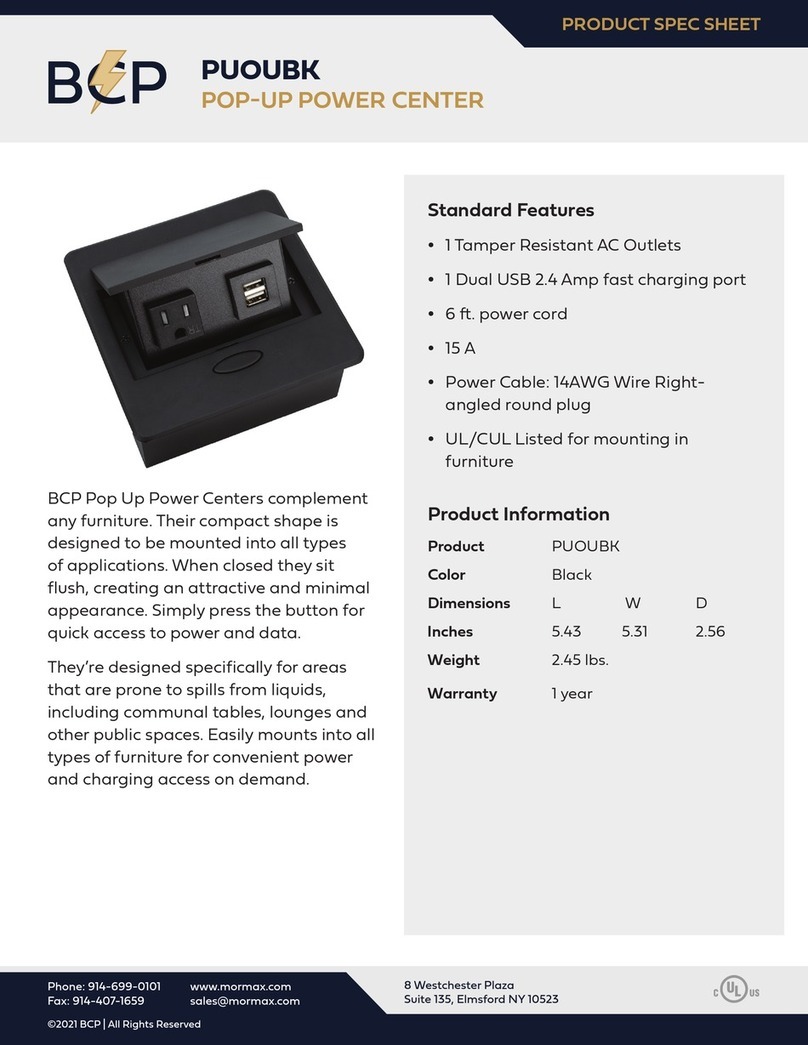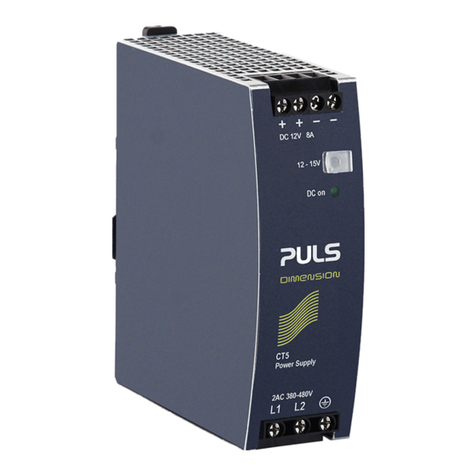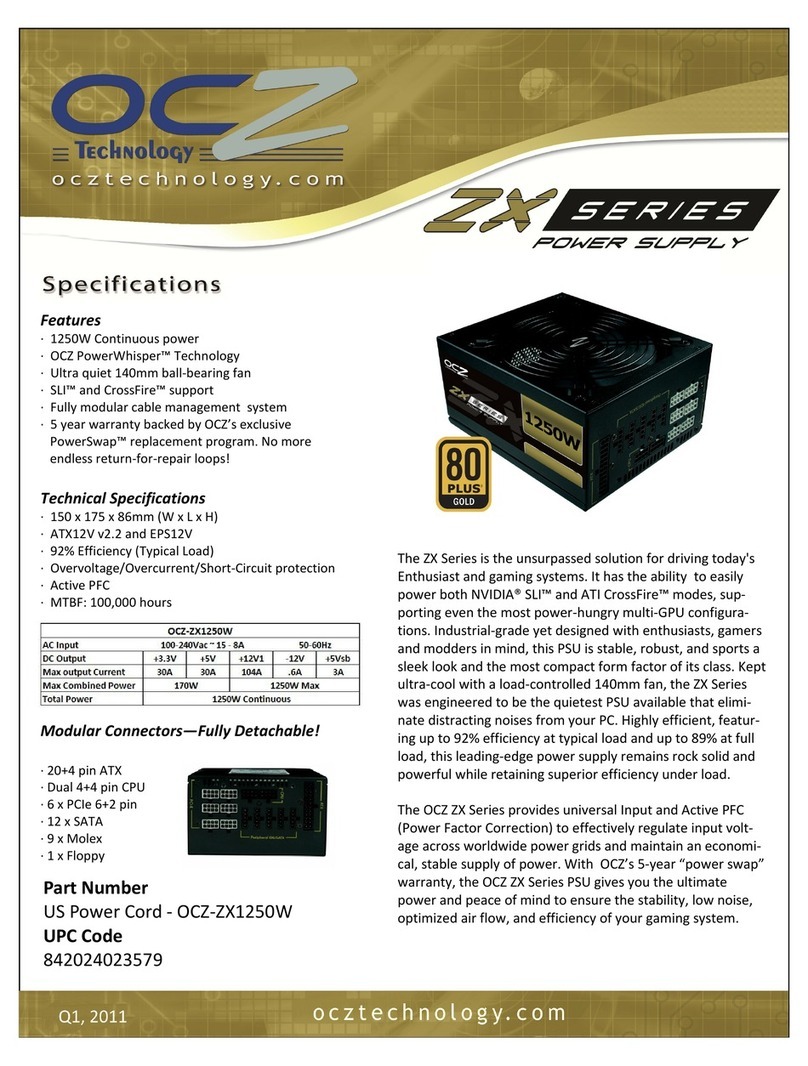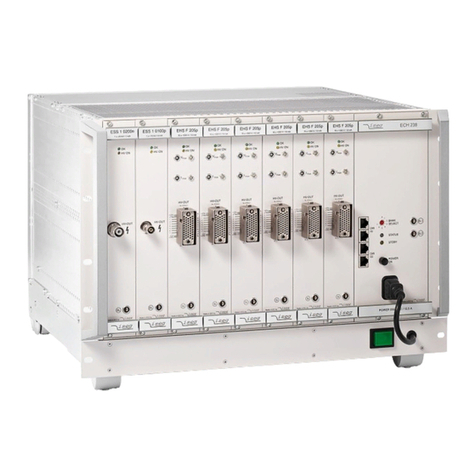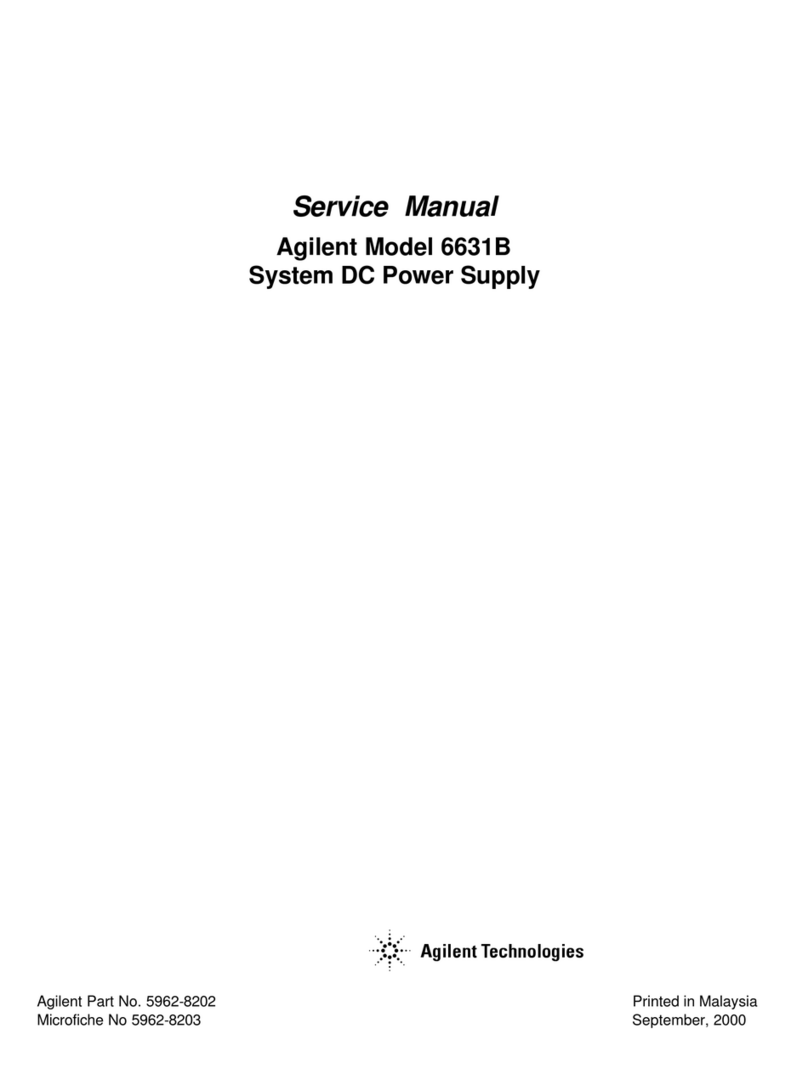
I-E96-542B iii
Table of Contents
Page
SECTION 1 - INTRODUCTION....................................................................................................1-1
OVERVIEW ..................................................................................................................1-1
INTENDED USER.........................................................................................................1-2
POWER SYSTEM DESCRIPTION...................................................................................1-2
System Power Module ............................................................................................1-2
Field Power Modules ..............................................................................................1-2
Power Monitor Module ...........................................................................................1-3
Power Module Chassis ...........................................................................................1-4
Power Entry Circuit Breaker or Switch ...................................................................1-4
Fan Chassis and System Fans ...............................................................................1-4
FEATURES...................................................................................................................1-6
INSTRUCTION CONTENT .............................................................................................1-6
HOW TO USE THIS INSTRUCTION ...............................................................................1-7
REFERENCE DOCUMENTS..........................................................................................1-7
GLOSSARY OF TERMS AND ABBREVIATIONS .............................................................1-7
NOMENCLATURE ........................................................................................................1-8
SPECIFICATIONS.........................................................................................................1-8
SECTION 2 - DESCRIPTION AND OPERATION........................................................................2-1
INTRODUCTION...........................................................................................................2-1
POWER ENTRY ............................................................................................................2-2
POWER DISTRIBUTION................................................................................................2-2
SYSTEM COOLING.......................................................................................................2-3
POWER MONITOR MODULE ........................................................................................2-4
AC/DC Inputs........................................................................................................2-4
Power Monitor Module Status ................................................................................2-6
Power Module Monitoring.......................................................................................2-6
System Bus and I/O Voltage Monitoring ................................................................2-6
Fan and Temperature Monitoring...........................................................................2-7
Auxiliary and Status Inputs ...................................................................................2-7
POWER MODULES ......................................................................................................2-8
SECTION 3 - INSTALLATION.....................................................................................................3-1
INTRODUCTION...........................................................................................................3-1
SPECIAL HANDLING ....................................................................................................3-1
UNPACKING AND INSPECTION ....................................................................................3-2
POWER SYSTEM INSTALLATION..................................................................................3-2
INSTALLING SYSTEM POWER CABLES........................................................................3-3
CHASSIS MOUNTING...................................................................................................3-4
IPFCH01 Power Fan Chassis Mounting ..................................................................3-4
IPCHS01 Power Module Chassis Mounting .............................................................3-5
INSTALLING THE FAN ASSEMBLY ...............................................................................3-6
POWER ENTRY CIRCUIT BREAKER OR SWITCH..........................................................3-9
SYSTEM POWER WIRING (COMPLETION) ..................................................................3-11
AC SAFETY GROUND WIRING ...................................................................................3-13
AC/DC FEEDER LINES..............................................................................................3-14
INSTALLING THE POWER MONITOR MODULE ..........................................................3-15
Dipswitch SW1 ....................................................................................................3-15
Dipswitch SW2 ....................................................................................................3-16
Dipswitch SW3 ....................................................................................................3-17
Dipswitch SW4 ....................................................................................................3-19
Dipswitch SW5 ....................................................................................................3-19


